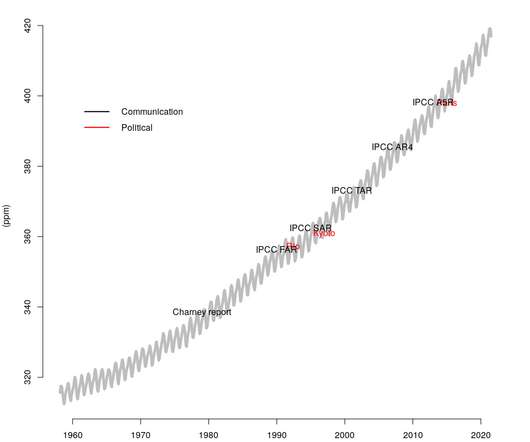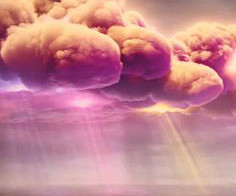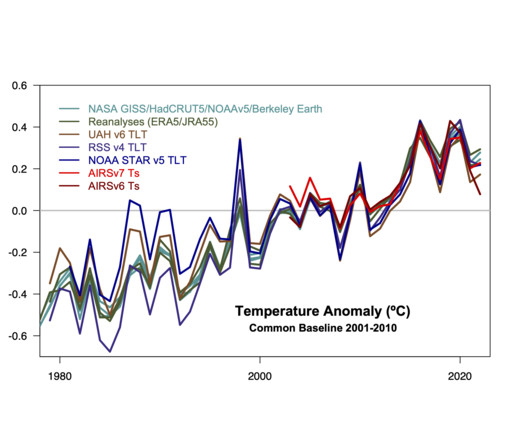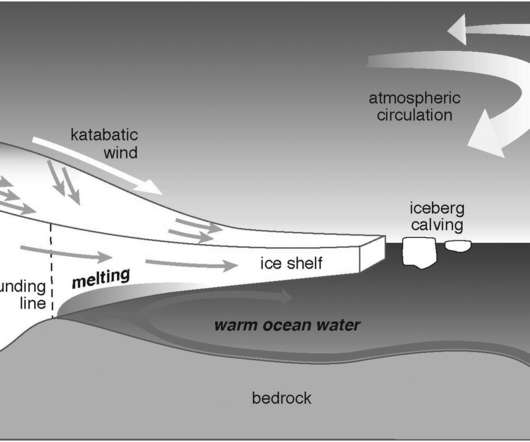Oceans may start emitting ozone-depleting CFCs
Successful Green
MARCH 17, 2021
As atmospheric concentrations of CFC-11 drop, the global ocean should become a source of the chemical by the middle of next century, a new MIT study predicts. The world’s oceans are a vast repository... The post Oceans may start emitting ozone-depleting CFCs appeared first on successful GREEN.
































Let's personalize your content